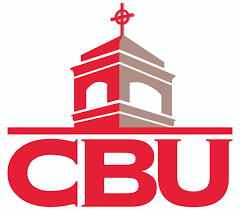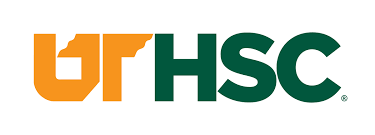Forum Replies Created
-
AuthorPosts
-
February 28, 2021 at 6:13 pm #1763
Stacy Okai
ParticipantWow, that’s a great way to help others in need and get the community involved. Thanks for sharing!
February 28, 2021 at 11:27 am #1762Stacy Okai
ParticipantHi Rosie,
Thanks for your question. We also were concerned about SD card memory. So, for both Arduino Uno devices, a 16GB SD card was used. The Nano Logger kit came with a 1GB SD card.
We did some calculations and incorporated them into our Final Design Decision post here:
In short, in order to determine if a 16GB SD card was appropriate for use, we wanted to know how long a 16GB SD card would last, assuming that data was collected continuously. It was concluded that 16GB would last for about 8 years. This is more than enough as the MROC won’t be on and recording data for 8 years straight. In fact, we decided that a 1GB SD card would suffice.
The data logger doesn’t record information when the MROC is powered off; therefore, no information is appended to the SD text file. Also, the logger does have the ability to collect information over extended time periods, but the children won’t be using the MROCs continuously, and it is likely that they will only use the vehicle for a few years as they may grow out of it.
Right now, the logger records information every second. However, we are working to program the device to document only when a case begins and ends. This will eliminate much of the unneeded data within the text file and consume less storage.
Hope this answered your question!
February 27, 2021 at 11:40 pm #1752Stacy Okai
ParticipantGreat question!
There were several rewarding aspects of working on Go Baby Go. Firstly, this is an amazing foundation, and all of the work done is for a great cause. I am honored to have a role in impacting the lives of many young children and for the ability to aid in the research process. I look forward to seeing how Go Baby Go will continue to expand over time.
Secondly, as Min mentioned, I was able to further develop and strengthen my teamwork and communication skills. I learned how to express my thoughts more efficiently and effectively, and became a better listener. It was rewarding to acknowledge some of the project milestones Min and I have reached and the goals we have accomplished over the course of the project.
Lastly, it was rewarding to be able to create successful working coding programs! As you may know, coding can be challenging, especially for someone who doesn’t have much experience in that area like me. Finally getting a program to work, after having difficulty with it for a very very long time, was extremely gratifying.
February 27, 2021 at 11:09 am #1638Stacy Okai
ParticipantHi Sylvester, thanks for your suggestion. Two of the data loggers that were used actually have a built-in RTC(DS1307), and the third logger uses an RTC module. The appropriate libraries were also installed for RTC usage.
You can check out the code on our blog post titled “Data Logging with the Nano Shield – Testing – Programming and Results – Version 1.”
Here is the link:
Data Logging with the Nano Shield – Final Test Circuit-Programming and Results (Version 1)
The main problem was trying to use the RTC and/or code the program in such a way that when each event/case took place, the duration of time the event occurred would be documented. For example, if a red LED was on in a forward case from 5:36:05 to 5:38:09, we would want to print the difference of 2 minutes 4 seconds (00:02:04).
I also tried implementing the “millis” function, during the coding phase, and had no success.
I appreciate your help!!
February 22, 2021 at 10:44 am #1756Stacy Okai
ParticipantNick,
Yes, we did seek and receive some guidance from our advisor and the CBU community. We also had classmates who were happy to offer assistance and suggestions when they were able to.
February 20, 2021 at 11:14 am #1755Stacy Okai
ParticipantAnother roadblock faced was knowing what you wanted the end result of a certain task or coding program to be, but not always knowing how to go about achieving that task if that makes sense.
For example, I knew I wanted to test the Arduino Uno Shield to determine forward and backward motion, but I wasn’t quite sure how to simulate that in a test environment at first. Therefore, I had to do a lot of research, brainstorming, and test trials. This goes the same for coding roadblocks.
There were many times where I just couldn’t get the code to work the way I wanted, and it was frustrating sometimes, especially because I often needed working code to proceed to the next step. However, to combat this I would work in sections when coding. I would focus on getting one thing working at a time, and when I did, I would save that file, copy the code and paste it into a new file and continue working by adding onto it. This was to avoid creating additional problems.
February 20, 2021 at 10:37 am #1754Stacy Okai
ParticipantI would say some of the toughest roadblocks faced were trying to accomplish many varying goals in a limited amount of time, finding ways to accomplish specific tasks, and getting pieces of code to behave the way I wanted it to.
A schedule was made at the start of the project. We tried to stick to it as best as we could, but everything doesn’t always go as planned, and the project schedule changed frequently. Even though a lot of work needed to be done in a limited amount of time, it was important to remain calm and not get overwhelmed.
-
AuthorPosts



